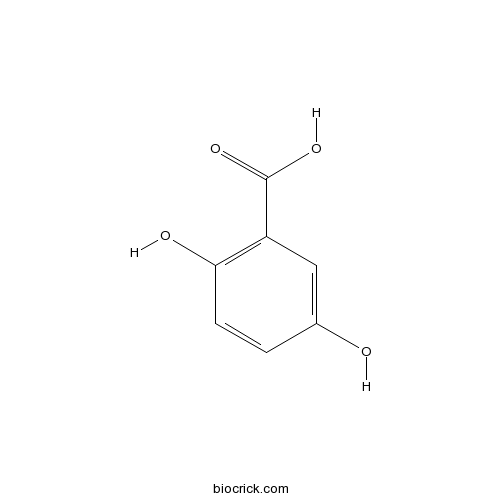Odontosoria chinensis
Odontosoria chinensis
1. The products in our compound library are selected from thousands of unique natural products; 2. It has the characteristics of diverse structure, diverse sources and wide coverage of activities; 3. Provide information on the activity of products from major journals, patents and research reports around the world, providing theoretical direction and research basis for further research and screening; 4. Free combination according to the type, source, target and disease of natural product; 5. The compound powder is placed in a covered tube and then discharged into a 10 x 10 cryostat; 6. Transport in ice pack or dry ice pack. Please store it at -20 °C as soon as possible after receiving the product, and use it as soon as possible after opening.
Natural products/compounds from Odontosoria chinensis
- Cat.No. Product Name CAS Number COA
-
BCN4984
Orientin28608-75-5
Instructions

-
BCN5423
Vitexin3681-93-4
Instructions

-
BCN3408
Gentisic acid490-79-9
Instructions

Microevolutionary patterns and processes of the Native Hawaiian colonizing fern Odontosoria chinensis (Lindsaeaceae).[Pubmed: 10937256]
The vascular-plant flora of the Hawaiian Islands is characterized by one of the highest rates of species endemism in the world. Among flowering plants, approximately 89% of species are endemic, and among pteridophytes, about 76% are endemic. At the single-island level, however, rates of species endemism vary dramatically between these two groups with 80% of angiosperms and only 6% of pteridophytes being single-island endemics. Thus, in many groups of Hawaiian angiosperms, it is possible to link studies of phylogeny, evolution, and biogeographic history at the interspecific and interisland levels. In contrast, the low level of single-island species endemism among Hawaiian pteridophytes makes similar interspecific and interisland studies nearly impossible. Higher levels of interisland gene flow may account for the different levels of single-island endemism in Hawaiian pteridophytes relative to angiosperms. The primary question we addressed in the present study was: Can we infer microevolutionary patterns and processes among populations within widespread species of Hawaiian pteridophytes wherein gene flow is probably common? To address this broad question, we conducted a population genetic study of the native Hawaiian colonizing species Odontosoria chinensis. Data from allozyme analyses allowed us to infer: (1) significant genetic differentiation among populations from different islands; (2) historical patterns of dispersal between particular pairs of islands; (3) archipelago-level patterns of dispersal and colonization; (4) founder effects among populations on the youngest island of Hawaii; and, (5) that this species primarily reproduces via outcrossing, but may possess a mixed-mating system.


